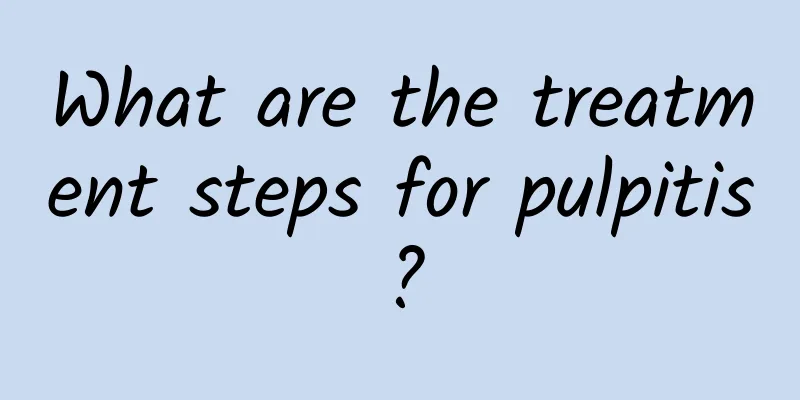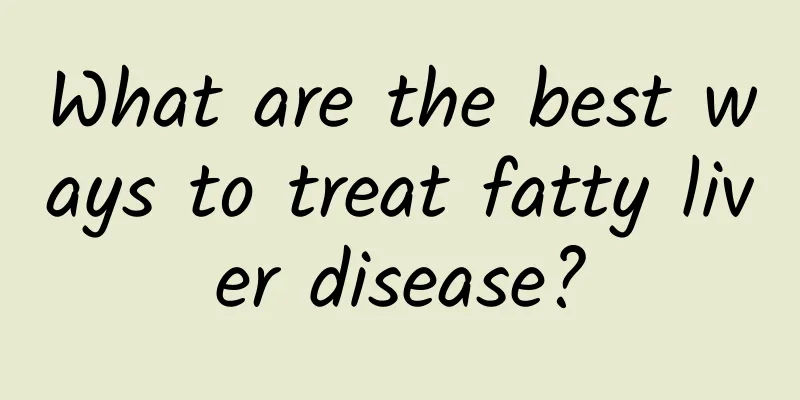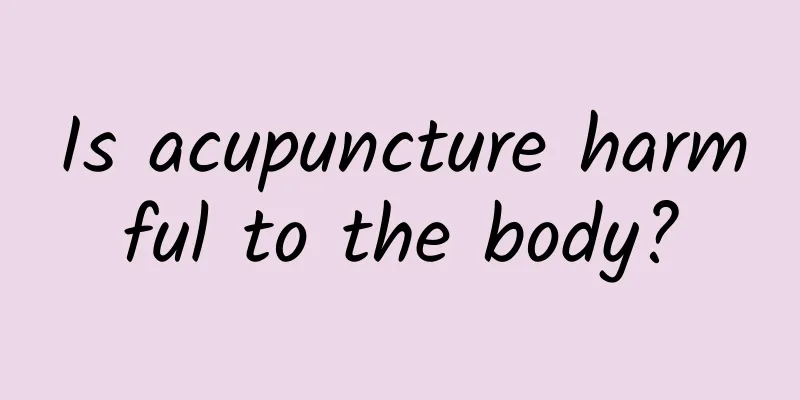What are the treatment steps for pulpitis?

|
If you suffer from pulpitis, the choice of treatment method cannot be ignored. It is recommended to preserve the vital pulp during treatment. Root canal therapy is the most commonly used method, especially for irreversible pulpitis, which mainly aims to remove the pulp and preserve the affected tooth. 1. Treatment Methods (1) Reversible pulpitis aims to preserve the vital pulp, and there are three types of surgery: direct pulp capping, indirect pulp capping, and pulpotomy. (2) Irreversible pulpitis is treated with the aim of removing the pulp and preserving the affected tooth, such as root canal therapy. 2. Treatment principles To preserve the vital pulp or the affected tooth, emergency treatment can be pulpotomy to reduce pressure. After rinsing with warm salt water, place analgesics (such as camphor phenol, eugenol or small cotton balls such as toothache water) in the caries cavity to temporarily relieve the pain. At the same time, take anti-inflammatory and analgesic drugs. 1 to 2 days after the pain is relieved, depending on the specific situation of the affected tooth, choose: ① vital pulpotomy; ② pulp planing; ③ pulp replacement or root canal treatment. Teeth that have no preservation value can be extracted. 3. Prevention 1. Oral hygiene Brush your teeth every morning and evening or after eating, rinse your mouth after meals, and promptly remove food debris and bacteria left in your mouth. Using fluoride toothpaste can help prevent caries. Children's diet should be diversified, and eating some hard and tough foods can promote the growth and development of their jaws and teeth. Don't let children go to bed with candy in their mouths, because the sugar becomes sour in the mouth and can easily corrode the teeth and cause caries. Children aged 6 to 12 years old should have their permanent teeth sealed in time after they erupt. That is, the pits and fissures of the teeth should be sealed with a layer of resin material to prevent harmful substances such as food debris and bacteria from entering the tooth body, thereby preventing caries. |
<<: Introduction to the steps of root canal treatment for pulpitis
>>: What to do about hemorrhoids during the confinement period
Recommend
How to quickly treat wind bag
Urticaria is a common name for urticaria. The cau...
Glossopharyngeal neuralgia
Glossopharyngeal neuralgia is a relatively rare d...
The two most common causes of sequelae of cerebral infarction
After suffering a cerebral infarction, most peopl...
What to do if the baby's neck is broken by drowning
Because the baby's skin is very tender, it is...
The efficacy and effects of Artemisia argyi
Artemisia, which we call wormwood, has many funct...
What's going on with a small white spot on my eyeball?
The eyeball is the pupil of the human body, an or...
Can moxibustion cure kidney yin deficiency?
Some friends may be ill for a long time, and even...
Is kiwi fruit useful for constipation?
Kiwi is a common fruit with relatively high nutri...
What to do if your skin itches after eating lychees
Some people feel itchy skin after eating lychees....
What happens if hernia is not treated? These hazards are the most common
In normal times, when people are diagnosed with h...
What can't you eat if you have snake egg sores?
Shingles, also known as herpes zoster, is a relat...
What causes pleural effusion and ascites? Why does ascites occur?
There is a certain amount of water in the chest a...
Types of Chronic Myeloproliferative Disorders
Chronic myeloproliferative disease is a prolifera...
What diseases are Tianma Pills effective in treating?
With the progress of modern life and the emergenc...
Why do nails crack?
Fingers are a very important part of human body s...









